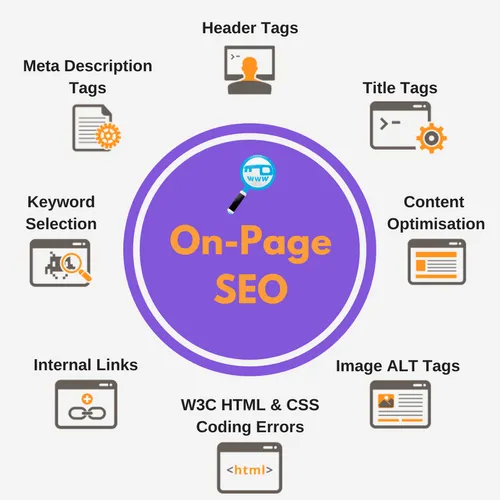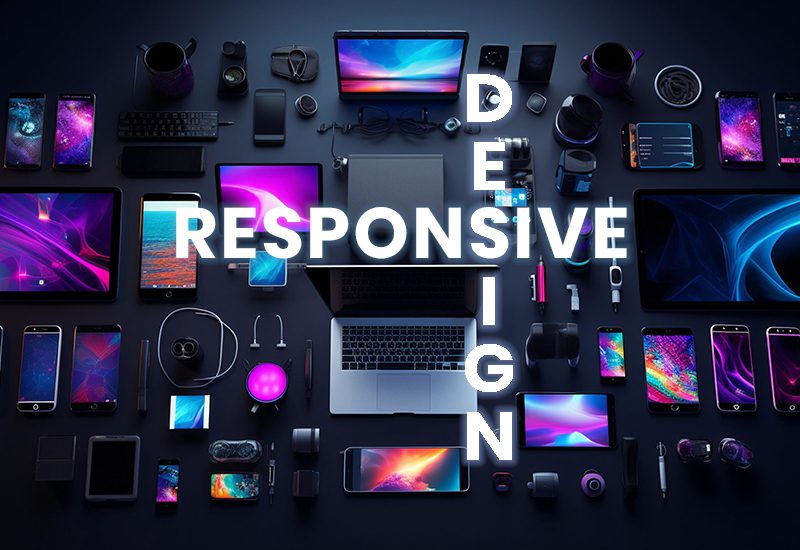The Power of Responsive Design
In the ever-evolving landscape of web development, one term that continues to hold immense significance is “responsive design.” As the digital realm expands across various devices, ensuring a seamless and enjoyable user experience is paramount. In this blog, we’ll delve into the intricacies of design, exploring its importance, key principles, and practical tips to create websites that adapt and thrive in the dynamic online environment.
Understanding Responsive Design
Design is not just a buzzword; it’s a fundamental approach to web development that aims to provide an optimal viewing and interaction experience across a wide range of devices. Whether your audience is accessing your website from a desktop, tablet, or smartphone, design ensures that the layout and content adapt gracefully to accommodate different screen sizes and resolutions.
Importance of Responsive Design
Ubiquity of Mobile Devices: With the proliferation of smartphones, a significant portion of internet users now access websites on smaller screens. Design caters to this trend, enhancing user satisfaction and engagement. Enhanced SEO Performance: Mobile-friendly websites are given preference in search engine rankings by search engines like Google. A design not only provides a better user experience but also positively impacts your site’s search engine optimization (SEO) efforts. Streamlined Development and Maintenance: Instead of creating separate versions for different devices, responsive design allows developers to build a single website that adapts to various screen sizes. This not only streamlines the development process but also simplifies ongoing maintenance.
Key Principles of Responsive Design
Achieving a responsive design involves adhering to certain principles that form the backbone of a user-centric approach. Let’s explore these key principles:
Fluid Grid Layouts
A flexible grid system forms the basis of responsive design.. Unlike fixed layouts, a fluid grid uses relative units like percentages instead of fixed pixels. This allows elements to resize proportionally based on the user’s screen size.
Flexible Images
Images play a crucial role in web design, and ensuring they adapt to different screen sizes is imperative. Use CSS properties like max-width: 100% to ensure images scale appropriately without breaking the layout.
Media Queries
Media queries enable you to apply specific styles based on the characteristics of the device, such as its screen width, height, or orientation. This allows you to create customized layouts for different devices, enhancing the overall user experience.
Read more about that: Minimalism in Web Design: Navigating the Evolution of Simplicity
Mobile-First Approach
Start designing for mobile devices and progressively enhance the layout for larger screens. This approach ensures that your website is optimized for smaller screens, addressing the needs of mobile users first.
Practical Tips for Implementing Responsive Design
Now that we’ve covered the principles, let’s dive into practical tips that can help you implement responsive design effectively:
Prioritize Content
Identify the most crucial elements of your website and prioritize their display on smaller screens. This ensures that users get access to essential information without unnecessary scrolling.
Test Across Devices
Regular testing is vital to ensure your design performs well across a variety of devices and browsers. Embrace testing tools and conduct real-world testing on different devices to uncover and address any potential issues.
Optimize Performance
Reduce the number of HTTP queries sent to your website, use browser caching, and compress your graphics to improve performance. A fast-loading site is critical for a positive user experience, particularly on mobile devices with potentially slower internet connections.
Usability on Touch Devices
Consider the touch-centric nature of mobile devices. Ensure that buttons and interactive elements are appropriately sized and spaced for touch input, preventing user frustration and enhancing usability.
Loading speed matters
Users, especially those on mobile devices, have little patience for slow-loading websites. Optimize your site’s performance to deliver a swift and responsive experience, which is crucial for user retention and satisfaction.
The Future of Responsive Design
As technology continues to advance, the landscape of web design evolves with it. The concept of design, while already ingrained in contemporary practices, will likely undergo further refinement. With emerging technologies like foldable screens and augmented reality, the adaptability of websites will become even more complex and critical.
In conclusion, responsive design is not just a trend; it’s a necessity in today’s digital era. Websites that prioritize user experience across various devices are more likely to succeed in a competitive online environment. By embracing the principles and tips outlined in this blog, you can embark on the journey of creating designs that captivate audiences and stand the test of technological evolution. Stay responsive, stay relevant!






